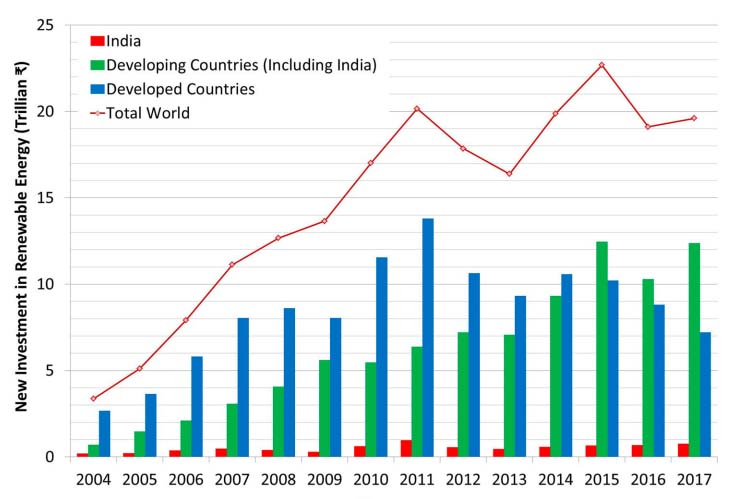A Comprehensible indicator set for measuring the sustainable energy performance in the European Union
Edited By Zoltán Bartha, Tekla Szép, Katalin Lipták, Dóra Szendi
Clean energy transition is the key for sustainable energy. In spite of the positive tendencies, the Covid-19 has also raised many issues and highlighted the importance of the topic. The Sustainable Development Goal 7 and 13 may serve as a basis to achieve affordable and clean energy and to combat global climate change. Meeting these objectives needs well-designed energy and environmental policy with a strong holistic approach. This study aims to build a comprehensive indicator set for measuring the sustainable energy performance of the European Union Member States. To determine the indicator set we follow rigorous steps, the methodology of which is described in detail. Finally, we present the list of eight selected indicators, from which a composite indicator can be built. Additionally, the overall structure of the dataset is analyzed through correlation analysis, stationarity and normality tests. Standardization is carried out to make the variables comparable with different units. Respecting the main dimensions of the theory of sustainable development, we also determine the weighting factors and we put them up for discussion.
A short review on the potential of coffee husk gasification for sustainable energy in Uganda
Published in F1000Research 2017, 6: 1809
Agricultural biomass is widely recognized as a clean and renewable energy source, with increasing potential to replace conventional fossil fuels in the energy market. Uganda, like other developing countries, has a high dependency (91%) on wood fuel, leading to environmental degradation. With a coffee production of 233 Metric Tonnes per annum, relating to 46.6 Mega Tonnes of coffee husks from processing, transforming these husks into syngas through gasification can contribute to resolving the existing energy challenges. The objective of this article is to briefly review the energy potential of coffee husks through gasification, and how the gasification process could increase energy recoveries for coffee farmers. Previous findings indicate that the 46.6 Mega Tonnes per year of coffee husks generated in Uganda, with a heating value of 18.34 MJ/kg, is capable of generating 24 GWh of energy. This will address a 0.7% portion of the energy situation in Uganda, while protecting the environment.
A new bioenergy crop based on oil-rich seeds from the legume tree Pongamia pinnata
Published in Energy and Emission Control Technologies
Any informed discussion on the future sources of energy in our world requires the consideration of renewable biofuels. These are produced by biological processes, such as plant growth based on photosynthesis and microbes using waste products from diverse origins. Many biofuels, such as ethanol produced from plants like sugarcane, are seen as sustainable, such paradigms should be critically analyzed in terms of total inputs. The legume tree Pongamia pinnata (also called Millettia pinnata) offers a substantiated opportunity for a sustainable biofuel feedstock. It is characterized by fast plant growth, broad tropical and subtropical growth habitat, and high annual yields of oil-rich seed. Annual yield of the seed-extracted oil, rich in the monounsaturated fatty acid oleic acid (C18:1), is between 1,000 and 5,000 L/ha, depending on local conditions, including rainfall, temperature, and soil. It can be burnt in bioenergy generators to yield electrical output.
On the pursuit of energy security: evidence from the nexus between clean energy stock price and energy security elements
Published in International Journal of Sustainable Energy
Concerns for fossil fuel price volatility, environmental pollution and energy inefficiency drive the formulation of energy policies aimed at attaining energy security. We use a theoretical framework which integrates key elements of energy security into the context of natural capital theory to investigate the causal relationship between Nasdaq clean energy stock price and a range of variables including oil price, natural gas prices, carbon price and energy efficiency. Our autoregressive distributed lag (ARDL) results reveal that clean energy stock price is jointly and individually explained by the variables representing some elements of energy security. Carbon price and energy efficiency emerged as the most important elements of energy security driving the on-going transition from conventional to clean energy sources. Consequently, governments should take environmental sustainability and energy efficiency very seriously when formulating energy policies in the pursuit of energy security and the way they stimulate substitutions between clean energy sources and hydrocarbons.
 China
China  Africa
Africa 

